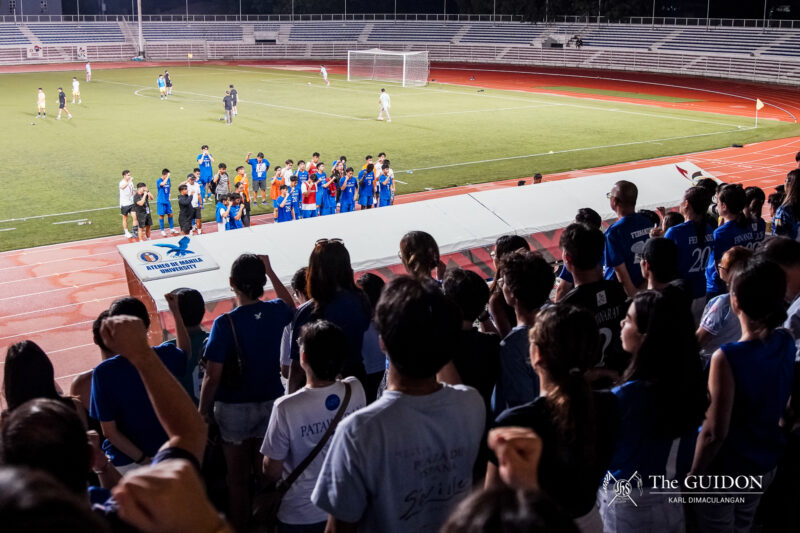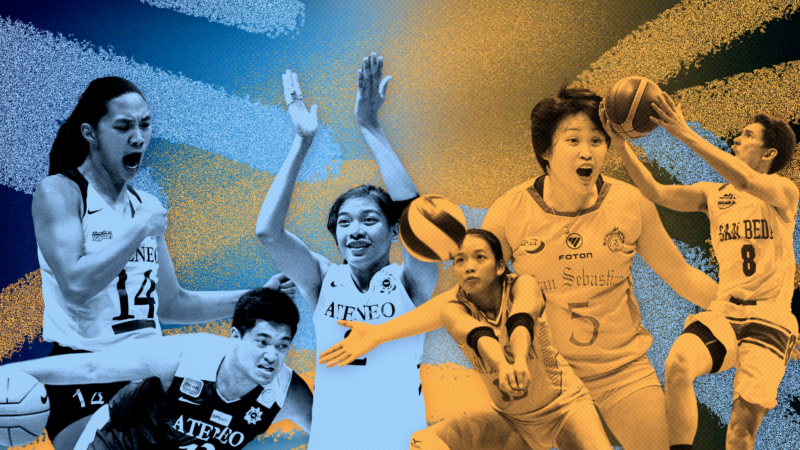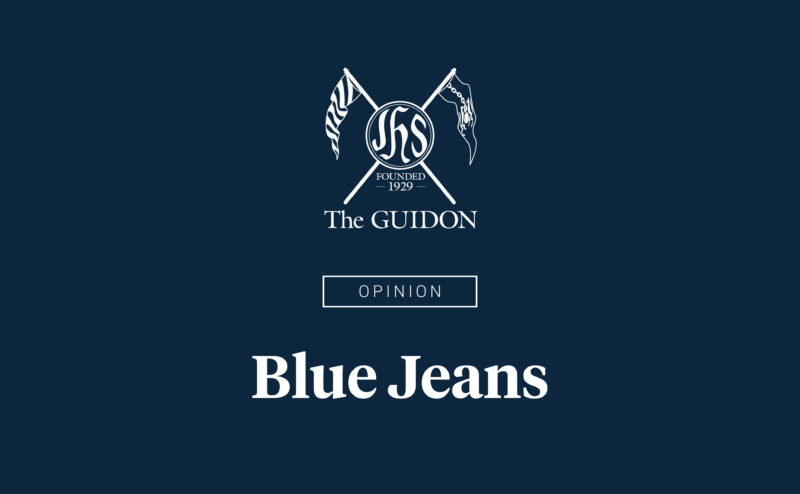VICE PRESIDENT Leni Robredo’s programs and pronouncements have often been received ambivalently. For example, Robredo and the Office of the Vice President’s (OVP) disaster relief operations have both been praised and dismissed as disingenuous exhibitions. Robredo and government critics have also been lambasted often, with their detractors asserting that the former are dishonest and incapable of serving as public officials.
The responses to Robredo’s leadership come in tandem with reignited discussions on how the vice president ought to fulfill her role as the second-in-command. With this, muddled expectations levied upon the vice president reveal that the second-highest office in Philippine democracy is misunderstood.
Just the spare?
The vice president’s function remains contested despite provisions in Article VII of the 1987 Philippine Constitution delineating the qualifications and responsibilities of the role. These state that the vice president is first in the line to succession should the president be incapable of serving their term. For instance, the country has seen the vice president take over the presidency once when Gloria Macapagal Arroyo assumed Joseph Ejercito Estrada’s seat following his ouster in 2001.
Apart from this, Article VII, Section 3 states that the vice president can assume a Cabinet position. Robredo has served in two Cabinet positions since assuming the vice presidency: First as Chair of the Housing and Urban Development Coordinating Council (HUDCC) in 2016 and second as Co-Chairperson of the Inter-Agency Committee on Anti-Illegal Drugs (ICAD) in 2019.
These appointments garnered criticism and controversy, with President Rodrigo Duterte refusing to appoint Robredo to a Cabinet position out of lack of trust. Following his doubts, Duterte instructed Robredo to “desist” from attending HUDCC meetings, leading to her resignation from the council in 2016. Three years later, he fired Robredo from the ICAD less than a month after her appointment—since then, she has not held any Cabinet position.
While the powers of the vice president codified in law are far from extensive, the OVP officially recognizes some advocacy functions. The capacity to fulfill this mandate, however, hinges on the OVP’s budget allocation. As such, the OVP identifies the following core functions: To implement programs that ensure Filipinos are effectively afforded social services and to coordinate with the public and private sectors to improve social programs.
Congruent to these core functions, Robredo and the OVP have launched advocacy-based projects. For instance, their flagship anti-poverty program Angat Buhay has formed a coalition of individuals from private and public sectors to help deliver social services to poor communities. Meanwhile, Robredo launched Sikap.ph in response to the COVID-19 pandemic—a platform where displaced workers can view job listings for free.
Without a Cabinet position, Robredo has had to maximize the OVP’s budget—one of the smallest allocations in the government. With the office’s financial limitations, the private sector has significantly contributed in bringing several of the former’s programs to fruition. While the OVP may have gone above and beyond its mandated function, the president’s mandate and resources are comparably far more extensive.
Vices and virtues
As Robredo continues to deliver social programs despite her position’s limits, discussions on her post have only been further fueled by Duterte’s hostility. The current discourse is especially unique because of the partisan language employed by Duterte, which continues to fuel public confusion on the already-contested executive position.
Furthermore, Duterte and his supporters have lambasted Robredo for overstepping her bounds under her role. This illustrates that the vice president’s limited constitutional powers leave room for open interpretation and foster contradictions between the two executive officials—both in their mandate and practice.
The vice-presidential role also appears tumultuous to hold under the current administration given that Duterte and Robredo have often disagreed on salient issues. Such disputes include the extent of proactive governance in response to Typhoon Ulysses and the COVID-19 pandemic. With the ambiguity surrounding the current constitutional provisions, collaboration between the president and vice president may serve to be systematically incompatible.
The Duterte-Robredo tandem, however, is a stark contrast to those of their predecessors. Every other vice president under the 1987 Constitution has held a Cabinet position for extended periods of time and worked more closely with the president in executive matters—creating space for productive collaboration.Given the various disputes that have been exposed throughout the administration’s run, the vice president’s constitutional mandate and its limitations have been mined by defenders of the administration to discredit its critics. This reveals a need to reexamine constitutional provisions and ultimately decide whether the vice president’s mandate must be fleshed out. In the meantime, however, responding to the barrage of global and national crises calls for the vice president’s office to be maximized and empowered—not undermined.




